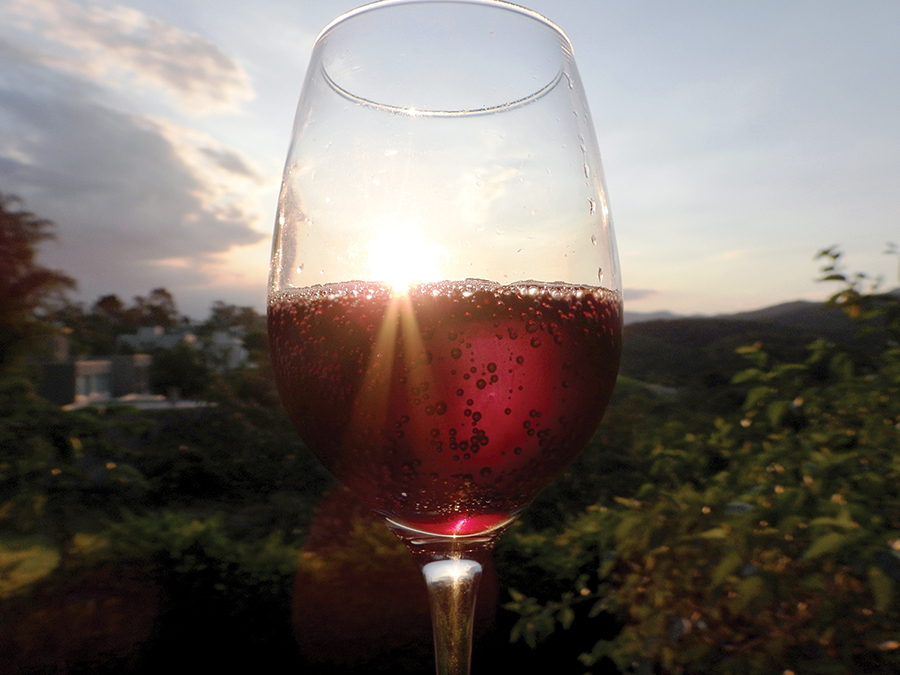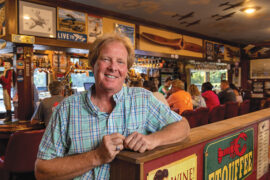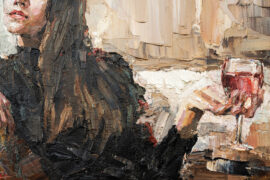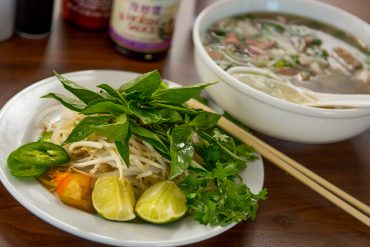The summer season is the perfect time to expand your horizons and try new varietals.
By Matthew DeBord
HQ 122 | SUMMER 2023
When summer arrives, almost everyone these days thinks of one style of wine: Rose. The pink stuff has effectively conquered the lazy days of sunshine, backyard barbecues, outdoor concerts, picnics, beach visits — pretty much all outdoor activities and all warm-weather cuisines.
I have nothing against Rose, although I usually strive to put the wine in its proper context. For starters, even the very best Rose isn’t very good, as wine. It isn’t supposed to be. The idea, especially in France, is to offer a simple quaff, quick to produce and get to market, that goes with lighter foods and doesn’t require much thought. Accordingly, Rose should be both undemanding intellectually and inexpensive financially.
Sadly, as Rose has become the default beverage of summertime, prices have risen while quality, predictably, hasn’t. For the latter, higher quality is basically impossible. Rose is what it is. But runaway demand has transformed bottles that should cost $7 into bottles that cost $15.
What are you gonna do? Well, my recommendation is to partake of the many other, better summer wines that are easy to find and offer superior quality to Rose. Take my personal house wine of summer, a simple yet quite tasty Pinot Grigio that I pick up by the case for $11 a bottle. Pinot Grigio has unfortunately become ubiquitous and overpriced; so if you are lucky enough to find a good one, the ideal companion to summer pasta dishes, buy in bulk.
Another wildly underrated and typically underpriced summer white is Chenin Blanc. The best examples come from France’s Loire Valley, a region that’s a veritable gold mine of lighter whites and reds that are all wonderful food partners when the weather gets warm. The flavor profile is crisp and acidic, yet also quite fruity, with a decent amount of underlying complexity. Compare that to one-note Roses and I think you’ll become an instant convert.
Another white from the Loire Valley that’s a classic partner for seafood (especially oysters) is Sancerre, made from the Sauvignon Blanc grape (more on this in a moment). Sancerre is my go-to summer dinner party wine because when you bring it to a friend’s house, properly chilled, you have an instant aperitif, a delicious preface to the meal, providing layers of citrus, apple and pear supported by bracing acidity and enchanting mineral aspects.
Sauvignon Blanc was made world famous in New Zealand, where all the flavors are turned up a notch or two (or three) over the French versions. New Zealand Sauv Blanc is the ultimate anti-Rose; and while there are affordable bottlings that come in under $15, the king of the region is called Cloudy Bay, and it’s worth the $30-40 price tag. (Sadly, I can remember when it first hit the scene for around $11!)

Staying down under, you can also look for so-called “un-oaked” Chardonnays from Australia. (If you want to sample the OG, the French version is called Chablis, with the amazing wines from Burgundy bearing no resemblance to the mass-market California wines labeled “Chablis” that were popular in the 1970s.) These Chards tend to be exceptionally fruity but also quite crisp, so they match up nicely with grilled chicken.
Before we shift to red, don’t forget that sparkling wines are also lovely in summertime. Champagne can be a bit heavy, but the Spanish sparkler called Cava is an excellent alternative, as is Prosecco (although I think Prosecco, like Rose, has gotten overpriced). A lightly effervescent wine from Portugal, Vinho Verde, is also worth tracking down — not least because the price is almost always well under $10 and sometime close to $5 for a bottle.
Summer reds are a challenge. Lambrusco, an Italian sparkler, is common in Rome; but the book on it for decades was that it traveled poorly. Not so anymore, and it’s now possible to find excellent bottles for about $20 at wine shops and online.
In the Napa Valley, there’s a tradition of continuing to drink big, bold Cabernet Sauvignons with grilled beef all through summer — but this is obviously not the way to go in more humid climates. My vote here goes to Oregon Pinot Noir, a lighter style than what one usually finds in California. Cabernet Franc is also worth a look but can be difficult to locate. Finally, if you can find a Chinon from France, you might decide to make it your go-to summer red.
As for Rose, just to wrap things up, I recommend sticking to France. Skip the overpriced bottles and splurge on Domaines Ott, a $50-60.
Rose that is to Provence what Chateau Lafite Rothschild is to Bordeaux. OK, not really, but my point is that cheapo Rose always disappoints, whereas Domaines Ott stands alone as a real wine made with an attention to detail that makes it worth the extra dollars.
In the end, if you must drink pink, feel free to ignore me! But you owe it to yourself to branch out and at least experiment with the numerous summer whites and even summer reds that are available these days. Your next cookout crowd will thank you.





